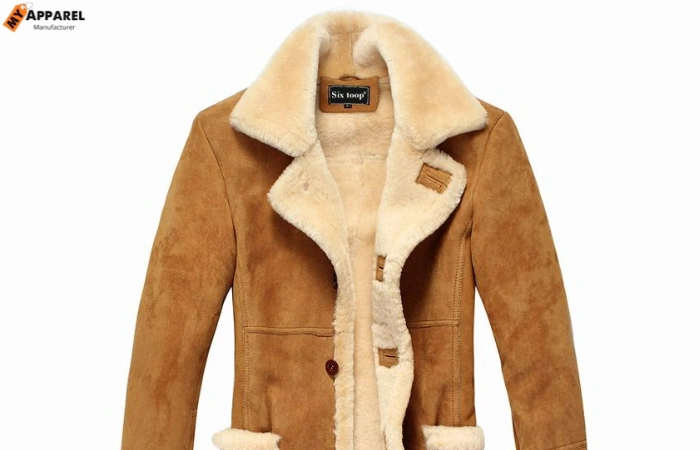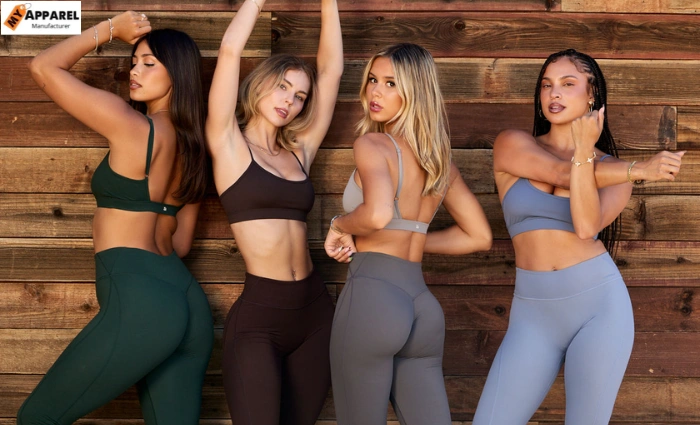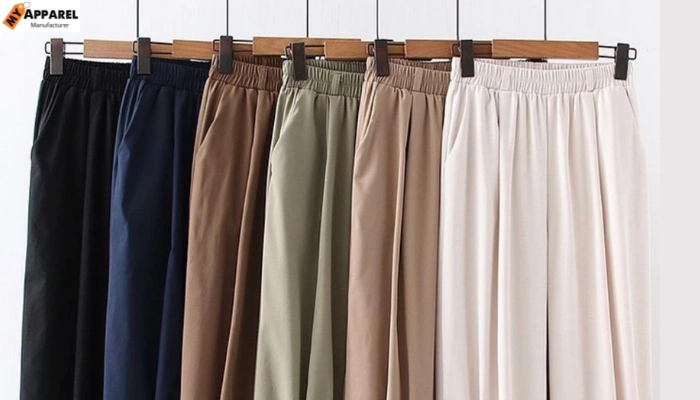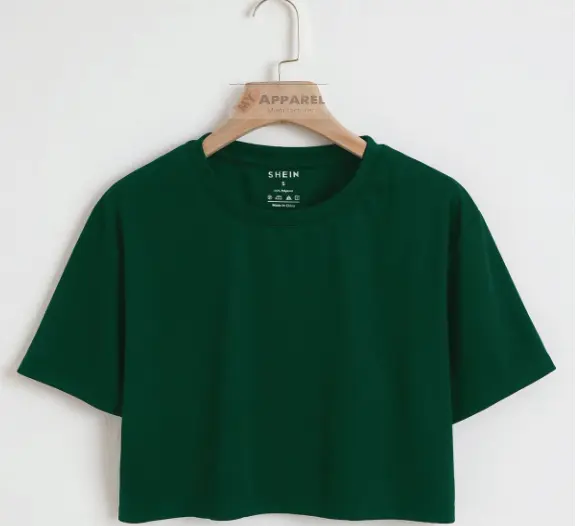In the ever-evolving world of women’s fashion, Skirt Manufacturing continue to stand out as timeless staples. Whether it’s a flirty A-line for brunch, a pencil skirt for the boardroom, or a pleated number for evening flair—skirts are more than just garments; they are statements of identity and personal style.
With the global demand for women’s Skirt Manufacturing on the rise, especially in the eCommerce space, it’s more important than ever for clothing brands to understand how skirts are manufactured—from the first sketch to the final unboxing. Whether you’re a fashion startup or scaling your wholesale clothing business, this comprehensive guide will help you deliver quality, style, and branding with every skirt you sell.
1. Designing the Perfect Skirt: Where It All Begins
Every successful skirt manufacturing collection starts with a strong design concept. As a brand, your goal should be to create a design that resonates with your target audience.
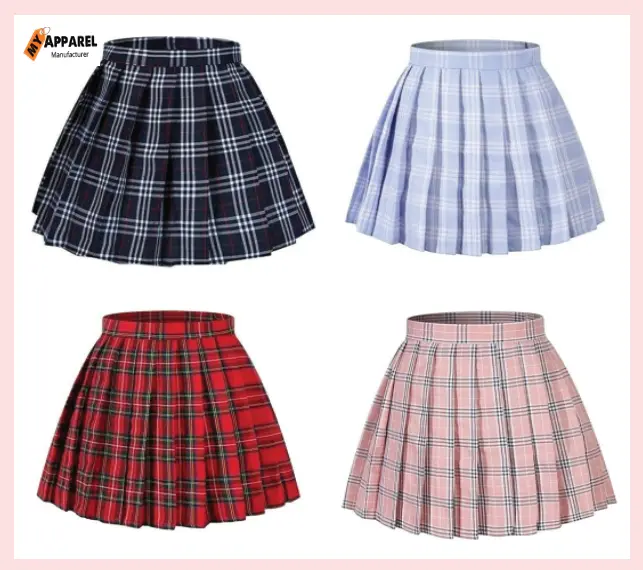
Key factors to consider:
- Target wearers: Is your audience young professionals, college students, or a luxury market?
- Seasonal trends: Summer skirts may need lightweight fabrics, while winter collections require more structure.
- Occasion-focused styles: From casual daywear to formal office styles.
Use digital design tools like Adobe Illustrator or CLO 3D to bring your ideas to life. Once your designs are finalized, tech packs are created to communicate specifications with your manufacturing partner.
2. Choosing the Right Fabric: The Foundation of Quality
Fabric plays a crucial role in the final look, feel, and comfort of a skirt. In Skirt Manufacturing, the wrong material can lead to unflattering fits or poor durability.
Popular skirt fabrics:
- Cotton: Soft, breathable, perfect for casual wear
- Twill or Denim: Ideal for structured skirts
- Silk or Satin: Great for elegant and evening wear
- Linen: Lightweight and eco-friendly for summer
- Wool or Blends: Great for winter skirts
When sourcing fabric, work with fabric-only wholesale suppliers to ensure quality and cost-efficiency. A trusted option is Fabric Wholesale Direct, which deals only in fabrics (not readymade garments), offering diverse selections at wholesale rates.
3. Pattern Making and Cutting: Blueprint of Every Skirt
Once fabric is selected, the next step is to create a pattern that aligns with your design. Pattern makers convert flat sketches into real-life measurements.
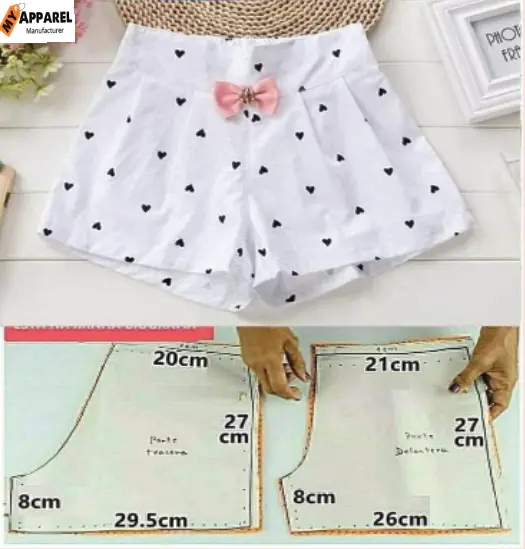
Key aspects of pattern making:
- Include seam allowances and grain line markers
- Create both paper and digital versions for accuracy
- Allow room for variations (elastic waistbands, pleats, zippers)
Fabric is then laid out for cutting using cutting tables, laser machines, or scissors, depending on order size.
4. Sewing and Assembly: Crafting the Skirt
Sewing is where designs take shape. Depending on your skirt’s style, sewing may involve:
- Lockstitch machines for seams
- Overlock/sergers for edge finishing
- Bartack machines for strength points like pockets and belt loops
Stitch type and thread strength must align with the fabric’s weight and use case. At this stage, skirts are assembled with all necessary components—zippers, linings, darts, etc.
5. Value-Added Finishing: Dyeing, Printing, and Embroidery
To give your skirts a signature look, consider post-sewing finishing techniques:
- Digital and screen printing for graphic or brand logos
- Embroidery for luxury touchpoints or cultural patterns
- Stone washing or distressing for denim skirts
- Dip dye or eco-dye for sustainable brands
These features can increase your perceived value and appeal to a fashion-conscious audience.
6. Why China is the Preferred Destination for Skirt Manufacturing
China has become a leading global hub for clothing production, including skirts, due to its efficient supply chains, competitive pricing, and skilled labor force. Companies like My Apparel Manufacturer are among the best Clothing Manufactures in China offering everything from tech pack development to full garment production under one roof.
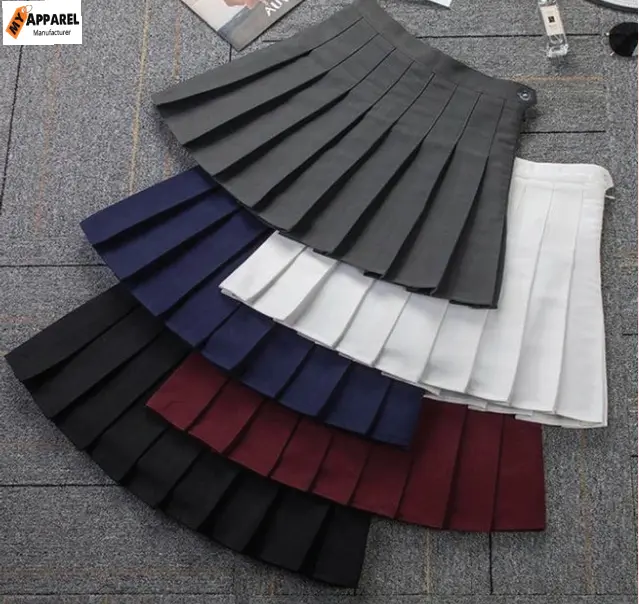
Why brands prefer manufacturers in China:
- Scalable production from small batch to bulk orders
- Access to skilled labor and modern sewing technologies
- Affordable yet high-quality craftsmanship
- Flexible MOQ options for startups and established labels alike
By partnering with a trusted China-based manufacturer, you reduce lead times, cut costs, and streamline logistics—allowing you to focus on branding and marketing.
7. Quality Control: The Final Check Before Launch
Before shipping, every skirt must pass rigorous quality checks to ensure brand standards are met.
Checklist includes:
- Stitching and seam durability
- Fit accuracy and measurements
- Proper finishing (tags, zippers, hems)
- Color consistency and print clarity
Reliable manufacturers like My Apparel Manufacturer integrate quality control into every production stage, ensuring your products leave the factory retail-ready.
8. Clothing Packaging: Build a Memorable Unboxing Experience
Clothing packaging isn’t just about protecting your product—it’s your brand’s first impression.

In today’s competitive market, thoughtful packaging can elevate your product’s perceived value. Here’s how to get it right:
Key elements to include:
- Custom labels and woven tags
- Logo-printed tissue wrap or kraft paper
- Eco-friendly mailers or resealable bags
- Brand-themed stickers and thank-you cards
Choose waterproof or glossy finishes for a premium look, and ensure colors match your brand palette.
There are many suppliers offering custom label and sticker production with low MOQs. If you’re already working with a clothing manufacturer like My Apparel Manufacturer, you can streamline skirt manufacturing with integrated packaging solutions. While we don’t provide fabrics ourselves, we can recommend top-tier fabric suppliers and manage everything from skirt manufacturing to custom labels and packaging—giving you a seamless end-to-end production experience.
FAQs: How Women’s Skirts Are Made
Q1. What are the main steps in the manufacturing process of women’s skirts?
A: Skirt Manufacturing involves design, fabric selection, cutting, sewing, and packaging—each step ensures quality and style.
Q2. What types of fabrics are best suited for making women’s skirts?
A: Skirt Manufacturing often uses cotton, linen, silk, or wool—chosen based on style, season, and audience needs.
Q3. How do manufacturers ensure quality in skirt production?
A: Quality control measures include textile testing, seam inspection, design analysis, and fit checks. Manufacturers also evaluate stitch strength, fabric durability, and overall finishing before packaging.
Q4. What are the different types of skirts commonly manufactured?
A: Popular skirt types include A-line Skirt Manufacturing, pencil skirts, pleated skirts, and peplum skirts. Each style caters to different body types, preferences, and occasions.
Q5. Why is pattern making important in skirt manufacturing?
A: Pattern making serves as the blueprint for production. Accurate patterns ensure the Skirt Manufacturing fit, shape, and style are consistent with the designer’s vision and customer expectations.
Conclusion: Craft Skirts That Represent Your Brand
Every skirt you create represents your brand’s story, vision, and commitment to quality. By mastering the manufacturing process—from fabric selection and sewing to custom packaging—you give your fashion label the foundation it needs to thrive.
Whether you’re just starting out or expanding your women’s fashion line, partnering with the best clothing manufacturers in China like My Apparel Manufacturer will help you deliver garments your customers love to wear.


